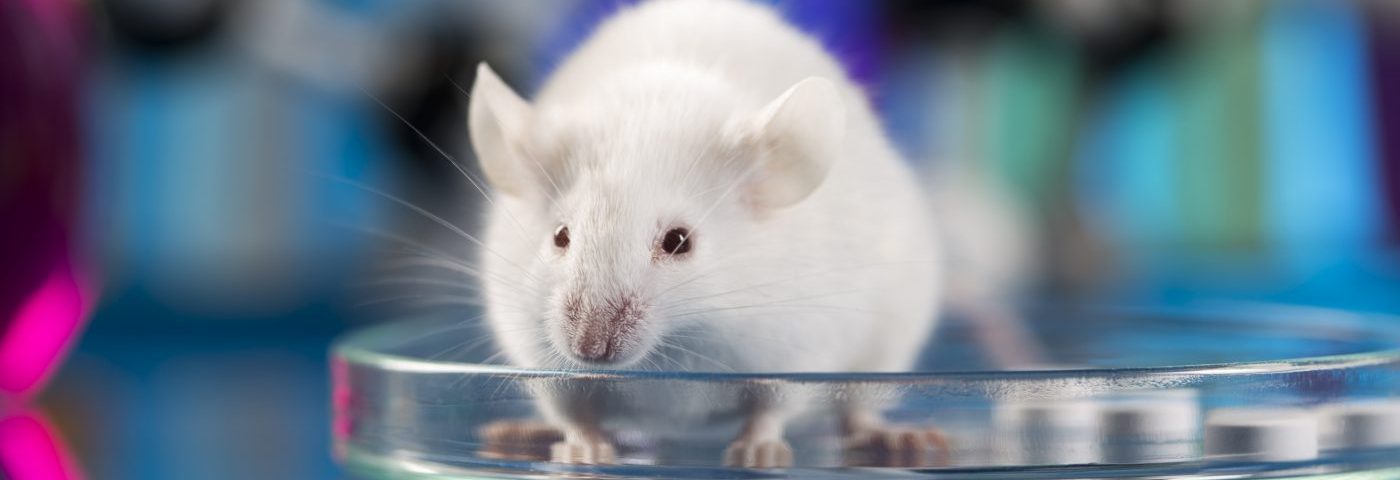The anti-inflammatory immune signaling protein interleukin-37 (IL-37) blocked the growth of endometriosis-like lesions and the production of pro-inflammatory markers in mice, an early study reported.
These findings support further research and development of IL-37 as a potential treatment to stop the growth of lesions in women with endometriosis.
The study, “Interleukin-37b inhibits the growth of murine endometriosis-like lesions by regulating proliferation, invasion, angiogenesis and inflammation,” was published in the journal Molecular Human Reproduction.
Endometriosis can be caused by inflammation and immune dysfunction, and studies have identified several inflammatory factors present in unusually high levels in endometriosis patients.
IL-37, an anti-inflammatory immune signaling protein (cytokine), has gained attention as it has been shown to reduce inflammation in many experimental animal models.
Recent studies showed that IL-37 is present in high levels in the blood of women with endometriosis, and that its levels correlate with disease severity.
A suture model of endometriosis in mice also found that treatment with IL-37 decreased the size and weight of lesions, suggesting it could block disease progression.
However, it is “unknown how IL-37 affects the development of endometriosis in mice,” the researchers wrote.
A team at the Huazhong University of Science and Technology in China investigated IL-37 in a different endometriosis mouse model. In this model, menstruation was first induced with estrogen, then the shed uterine tissue was removed and injected into the abdominal cavity of a recipient mouse and allowed to grow.
As there is no mouse version of IL-37, the team used a common variant of IL-37 found in humans called IL-37b.
After confirming the growth of endometrial lesions after three days, IL-37b was injected into one group of mice while a salt solution was given to a control group.
Results showed that compared to the controls, IL-37b treatment significantly reduced the number, size, and weight of endometriosis-like lesions after 14 days.
However, while early treatment with IL-37b (up to day three after implantation) failed to affect lesion growth, treatment after three to 14 days had a significant effect on lesion number, size, weight, and growth, compared to mice given a control solution.
Of note, an analysis of the endometriosis-like lesions formed in this animal model showed their appearance had a similar structure to those seen in women with endometriosis.
Researchers also found that treatment with IL-37b significantly reduced a variety of pro-inflammatory markers, as well as two proteins important for the invasion and growth of lesions, called metalloprotease 9 (MMP9) and vascular endothelial growth factor (VEGF).
To confirm these results, uterine tissue was cultured and treated with IL-37b in vitro (in cell cultures in the lab). Results showed a significant reduction in the inflammatory factors MMP9 and VEGF, and a lesser invasion and growth of lesions. Importantly, this was found to occur due to the inhibition of the Akt and Erk1/2 signaling pathway, which is known to be activated in endometriosis patients.
An epithelial cell created to express IL-37b also confirmed the decrease in inflammatory and growth factors, and the inactivation of the Akt and Erk1/2 signaling pathway.
“In summary, this study demonstrated that IL-37b suppressed the growth of lesions by inhibiting proliferation [growth], invasion, angiogenesis [blood vessel growth], and inflammation through Akt and the Erk1/2 signaling pathway, which suggested that IL-37b may have therapeutic effects in patients with endometriosis,” the researchers wrote.

